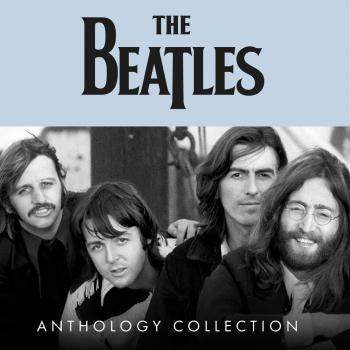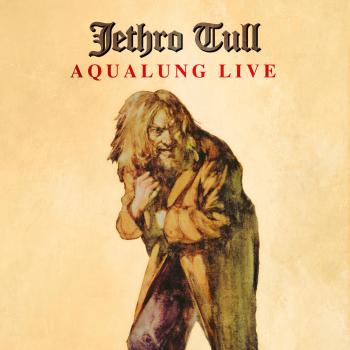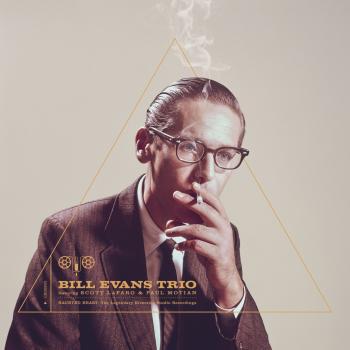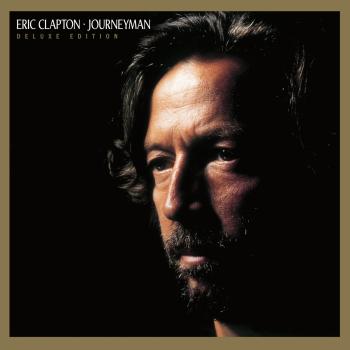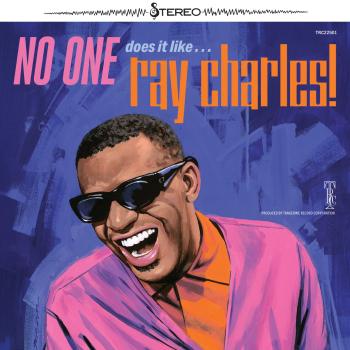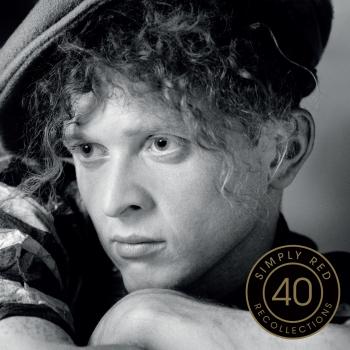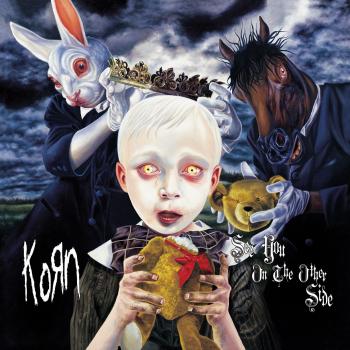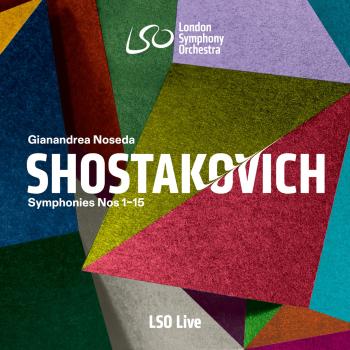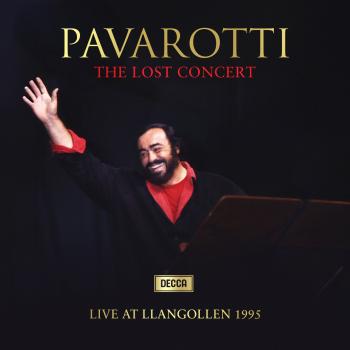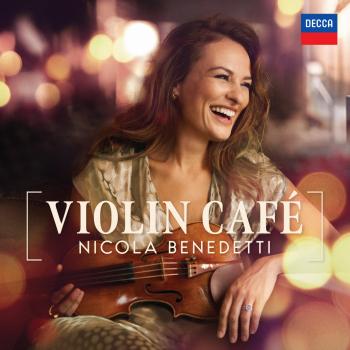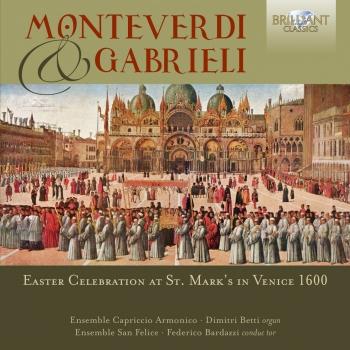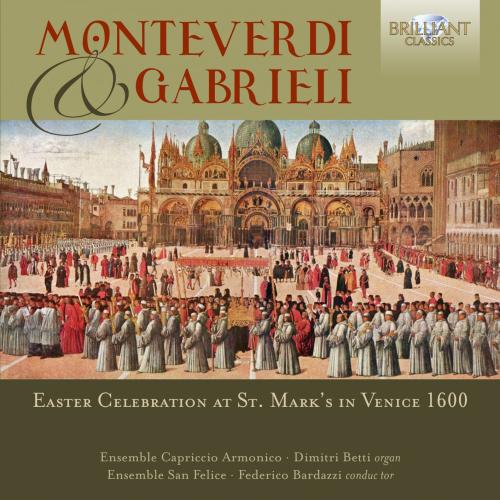
Monteverdi & Gabrieli: Easter Celebration at St. Mark's in Venice 1600 Ensemble Capriccio Armonico, Ensemble San Felice, Dimitri Betti & Federico Bardazzi
Album info
Album-Release:
2018
HRA-Release:
24.02.2018
Label: Brilliant Classics
Genre: Classical
Subgenre: Vocal
Artist: Ensemble Capriccio Armonico, Ensemble San Felice, Dimitri Betti & Federico Bardazzi
Album including Album cover Booklet (PDF)
- Giovanni Gabrieli (1557 - 1612):
- 1 Toccata del secondo tono, Ch. 236 02:49
- 2 Introitus resurrexi et adhuc tecum sum 02:33
- Claudio Monteverdi (1567 - 1643):
- 3 Kyrie 03:35
- 4 Gloria 02:57
- 5 Graduale haec dies es quam fecit dominus 03:25
- Giovanni Gabrieli:
- 6 Canzona II a 4, Ch. 187 02:37
- Claudio Monteverdi:
- 7 Laudate dominum in sanctis eius, SV 287 03:43
- 8 Alleluia pascha nostrum immmolatus est Christus 02:28
- 9 Sequentia victimae paschali laudes 02:09
- 10 Cantate domino, SV 293 05:07
- 11 Credo 04:37
- Giovanni Paolo Cima (1557 - 1612):
- 12 Sonata a 3 03:00
- 13 Offertorium terra tremuit 01:15
- Giovanni Gabrieli:
- 14 Canzon I "la spiritata", Ch. 186 02:54
- Claudio Monteverdi:
- 15 Sanctus 03:15
- Giovanni Gabrieli:
- 16 Ricercar noni toni, Ch. 226 02:13
- Claudio Monteverdi:
- 17 Agnus dei 04:12
- 18 Communio pascha nostrum immmolatus est Christus 02:47
- Giovanni Gabrieli:
- 19 Canzona III a 4 in C Major, Ch. 188 01:31
- Claudio Monteverdi:
- 20 Ave maris stella 05:32
Info for Monteverdi & Gabrieli: Easter Celebration at St. Mark's in Venice 1600
This recording presents a reconstruction of the Easter Celebration at St. Mark’s, Venice, around 1600. The Proprium Mass (the part of the mass which is related to the liturgical year) is from the beautiful Gradulae Giunta (Venice, 1572), the Missa Ordinarium (the standard Mass which is always the same) is by Monteverdi, from his Selva Morale e Spirituale.
The performance by the Ensemble San Felice and conductor Federico Bardazzi is festive and jublilant, supported by a rich instrumentarium of flute, trombone, theorbo, harpsichord, organ and percussion.
The ensemble San Felice already recorded the Monteverdi Vespers, Vocal Music by Hildegard von Bingen and El Cant de la Sibilla.
Any listener who has heard the punchy, rousing and original account of Monteverdi’s Vespers released in 2016 by these forces on Brilliant Classics (BC95188) will be keen to hear music from the same source performed with similar vitality and attention to historical detail. Federico Bardazzi duly obliges with this recreation of Easter at the Basilica San Marco, around the year 1600.
Chants alternate with spectacular, antiphonal toccatas and canzonas which bounce off the walls of the generous church acoustic, as well as a slight but still exuberant sonata by Giovanni Paolo Cima. Enclosed within are the separate movements of the four-part Mass by Monteverdi, and the liturgical reconstruction concludes with a setting ofthe Ave maris stella which, like the Mass, is to be found in Monteverdi’s collection of Selva morale e spirituale, no less treasurable in its way than the better-known Vespers compilation.
Indeed the Selva morale dates from several decades later in Monteverdi’s output and reflects an even greater harmonic refinement: the linear polyphony of the Mass obeys the rules of the stile antico, while the psalm settings and hymns such as Laudate Dominum and Cantate Domino belong to the more sectional and vividly illustrative style of the seconda pratica which became particularly associated in his work and that of his successors with the secular madrigal.
In his booklet note, Bardazzi notes that Monteverdi would have expected to perform this music with a mixed-voice choir; the male-only ensemble is a late-19th-century practice. His lively tempi and instrumental arrangements, switching between basso continuo and colla parte instruments, are intended ‘to allow Monteverdi’s creative genius and originality to permeate the strict counterpoint.’
Elisabetta Braschi, soprano
Elisabetta Caruso, soprano
Sumiko Okawa, soprano
Simone Emili, tenor
Kentaro Kitaya, tenor
Dimitri Betti, organ
Ensemble Capriccio Armonico
Ensemble San Felice
Federico Bardazzi, conductor
Ensemble San Felice
It is a vocal and instrumental group founded in 1993 by Federico Bardazzi as a part of the activities of the San Felice Academy in Florence (whose president was Bardazzi from 1991 to 1999 as well as its artistic director until 2009). The group was formed as an autonomous association since 2009 in order to develop more specific and large-scale targeted projects in collaboration with prestigious Italian and foreign institutions. Federico Bardazzi is the President, the flutist Marco Di Manno is the Artistic Director, Carla Zanin is the General Manager of the Association and in particular of the Florence International Choir Festival which sees each year hundreds of musicians from the 5 continents joining together in Florence.
Federico Bardazzi
Federico Bardazzi specialises in Early and Baroque Music, he is primarily active as a director in operatic repertoire, from its origins to Händel, Gluck, Mozart, Rossini and Puccini.
Having trained as a cellist with Andrè Navarra in Siena and Paris, he studied chamber music with Piero Farulli and the Quartetto Borodin, composition with Carlo Prosperi e Roberto Becheri, Gregorian chant with Nino Albarosa and Johannes Berchmans Göschl, choral conducting with Roberto Gabbiani and Peter Phillips, orchestral conducting at the Accademia Chigiana with Myung-Whun Chung.
He conducts the Ensemble San Felice, a vocal and instrumental group whose repertoire ranges from Medieval to contemporary music, with whom he has performed to great acclaim across the world.
Devoted for many years now to the Bachian repertoire, through the Ensemble he has conducted all of the great Kirchenmusik and all of the instrumental concerts. He has conducted Händel’s Messiah in numerous concerts in Italy and Europe.
He usually offers, as well as a new version of Mozart’s unfinished Requiem, rare pages and masterpieces of seventeenth-century music: Girolamo Frescobaldi, Francesco Maria Stiava, Dietrich Buxtehude, Jeronimo de Carrion, François Couperin, Michel-Richard Delalande, John Dowland In 2005 in particular he presented three oratorios by Giacomo Carissimi at the Queen Elisabeth Hall in London and, also in London, in May 2008 he conducted the music for the first staged performance in modern time of Händel’s Rodrigo, directed by Luciano Alberti, at the Lufthansa festival of baroque music. This production was presented in 2009 at the Teatro della Pergola in Florence, where in 2011 he directed Claudio Monteverdi’s Il Vespro for the Amici della Musica di Firenze, which was recorded as an audio CD by Brilliant Classic.
His research programmes in Medieval music have met with great success across Europe: Nigra sum sed formosa Cantigas de Santa Maria, La Sibilla del reno Hildegard von Bingen, the litergical drama drawn from Florentine codices Quem queritis, Francesco Landini Laudi e Contrafacta nella Firenze del Trecento, Musica per San Zanobi nella Firenze del Trecento. within this frame he is currently curating La musica della Commedia, an important work on the music of Dante Alighieri’s masterpiece, which takes place through concerts, conferences and multimedia productions.
Federico Bardazzi has been the Director of the Maggio Fiorentino Formazione’s courses from 2008 to 2014. In his role as training coordinator he has realised higher specialized training courses and projects funded by the European Social Fund. All his artistic and technical projects at the lyrical Theatre have been developed in collaboration with some of the main Tuscan musical institutions, such as: Teatro Verdi of Pisa, Festival Pucciniano of Torre del Lago, Teatro Metastasio of Prato, with which he is currently collaborating for other projects. This experience leads to the creation of Opera Network, originally funded together with Carla Zanin, whose objective is to assist in the development of lyrical productions, in collaboration between institutions of different natures, with the aim of encouraging and assisting young artists in the early stages of their careers in developing their professional profile and career path. Some of the most successful projects, all conducted by Federico Bardazzi, have been: Purcell’s Fairy Queen (Teatro Goldoni, Florence 2013), Pergolesi’s Flaminio (Teatro Verdi of Pisa 2014). Two forthcoming productions are: Alessandro Scarlatti’s Il trionfo dell’Onore andGazzaniga’s Don Giovanni (Teatro Verdi, Pisa 2015). Moreover, the season 2016/2017 will see Galuppi’s opera in collaboration with Landestheater of Salzburg, under the direction of Carl Philip von Maldeghem.
Federico Bardazzi is artistic direct of In-canto gregoriano - Incontri Internazionali di Firenze, a project devoted to the philological study and musical interpretation of the early liturgical repertoire, and member of the senior committee of AISCGre (Associazione Internazionale Studi di Canto Gregoriano). He is also President of the del Florence International Choir Festival, which, every year, brings together hundreds of choristers from all around the world, in a kermesse of high human and musical value.
Being aware of the high potential that the East represents for both the Italian University as well as for the Artistic and Musical Higher Education system, he is the funder and leading member, within the project Turandot, in collaboration with the Università per Stranieri of Perugia, of a project of cultural, linguistic and musical training for Chinese students.
He has been giving courses on Gregorian chant and Medieval monody at the University of Florence and he has been invited all around the world to lead Masterclasses. 2014 has been a particularly fruitful year, whose highlight have been
Booklet for Monteverdi & Gabrieli: Easter Celebration at St. Mark's in Venice 1600

